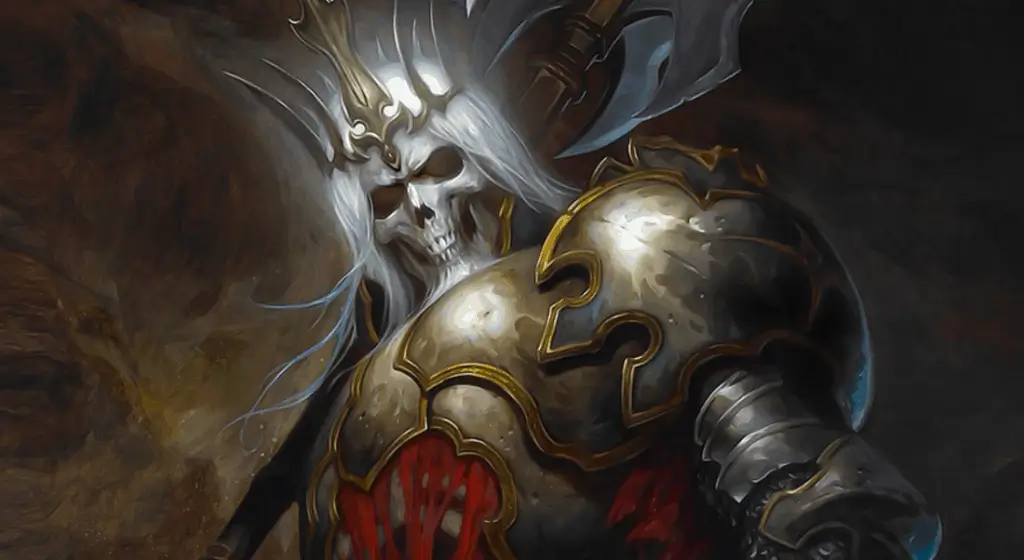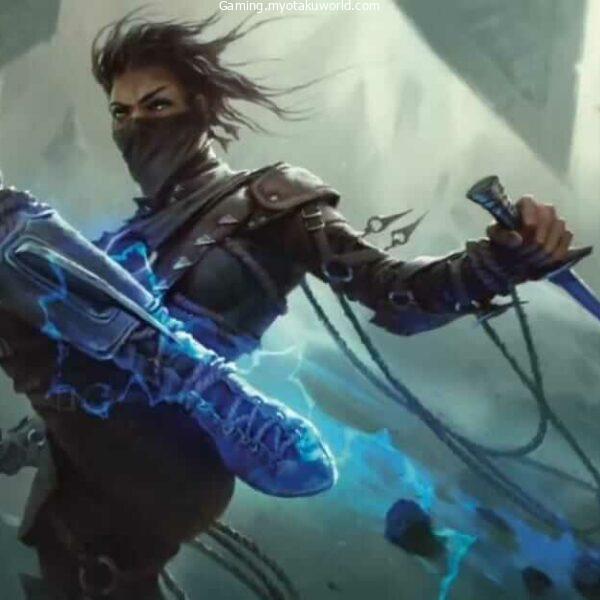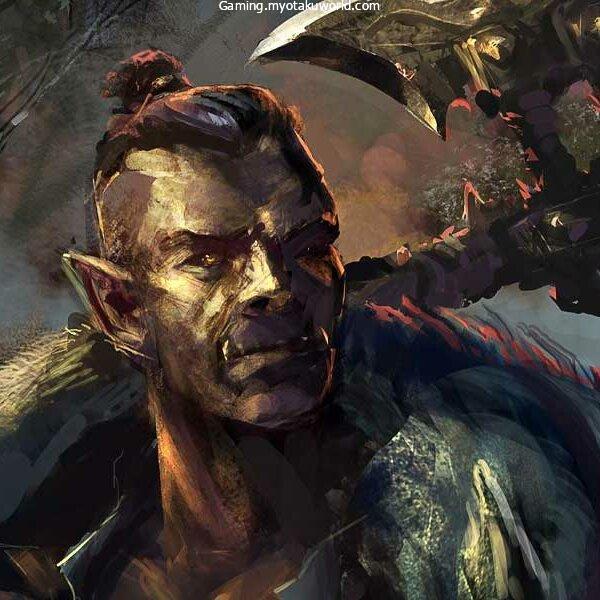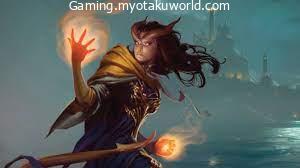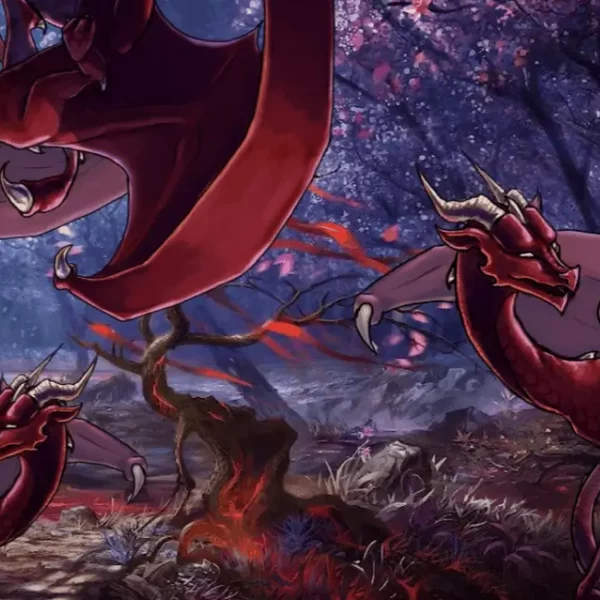We’re looking at the second stage magic spell, the Crown of Madness, that is found within the Bard, Sorcerer, and Warlock, as well as the Wizard lists of spells.
Simply put, the spell is known as among the most dangerous spells available.
As usual, I’ll be breaking down the rules that govern the spell, and instead of providing ways to improve the performance of the spell, I’ll instead be going into the details of why this spell is an example of a terrible spell.
The rules for the crown of madness, located on page 229 of the Player’s Handbook, are as follows:
Crown of Madness, 5e
2nd-level Enchantment
Casting time: 1 action
Range: 120 feet
Components: V, S
Duration: Concentration for as long as 1 min.
A humanoid you choose that you can spot within range must be successful on a Wisdom saving throw or be attracted to you for the duration of
As the target is being charmed by this method the crown of sharp iron is spotted on its head. A blinding light shines through the eyes of the target.
The target that has been charmed must make use of its move before taking every turn to launch a melee assault against any creature not related to itself, which you choose to mentally.
The target may act as normal during its turn, if you select no creature, or if there are none within its reach.
On the next turn during your next turn, you’ll need to use your actions to keep control over your target or the spell expires.
Additionally, the target may make a Wisdom saving roll at the end of every turn. If the save is successful the spell will end.
By looking through the guidelines, this spell has the same general rules as other spells that enchant creatures from the enchantment school of magic.
They are targeted at a creature, they force the creature to make a save or perform something that is against their own will, and then the creature has a chance to break the spell.
Apart from the similarity, the crown of madness also has a myriad of disadvantages that put it in the same category as other spells.
Charm in 5e

To understand what the bad crown of madness is, it is important to first look at its positive aspects and then look at the negatives, which are a few.
One of the main features of spells of enchantment is that the crown of madness has in common with its Charmed condition has these effects
- A creature that is charmed cannot attack the charmer, or attack the charmer with dangerous powers or magical effects.
- The charmer is able to benefit from any ability check that allows them to be with the creature in a social way.
Charmed itself is an ideal condition to place on an opponent because of these reasons. It permits conversation with a creature that is otherwise hostile and also protects the charmer (though importantly, they are not companions) from being hurt or adversely affected by them.
It does have its limitations. However, it is not without its limitations. A lot of creatures are insensitive to the condition of charm.
However, it is possible to use a vast variety of spells and effects that could inflict it upon creatures, most of which are more powerful than the crown of chaos.
What’s the reason? Crown of Madness is So Bad?

The first restriction on the crown of madness is that it demands concentration. This means that the person casting the spell is unable to cast any spell that requires concentration, as otherwise, the previous spell will end immediately.
Some of the strongest or most effective spells that are available require concentration, for example, the ability to have a quick as well as polymorph and so any other spell that requires concentration has to be effective enough to justify the inability to cast the most effective spells.
The second reason is the fact that this magic spell, just like other spells that attract, requires the player to make a Wisdom saving roll, which only becomes effective when they fail the save.
This is further complicated because the creature is able to make a second savings throw each time at the conclusion of each turn.
In most creatures of the 5th edition, Wisdom represents the most common mental ability score when compared with Intelligence or Charisma which implies it is the case that the creature with the lowest score is more likely to have a greater chance of surviving when required to make a Wisdom save throw as compared with an Intelligence or Charisma saving throw.
The third condition is that the target has to spend its actions attacking an opponent of the caster’s preference at the beginning of the turn.
This could be an advantage to the spell and it is but only if there’s an object within the reach of the target.
If there is no creature within reach the target will be normal and move, performing actions, doing what it pleases with no negatives (save that it’s attracted by the spellcaster).
The fourth and last nail in the coffin of the spell lies in the fact that the spellcaster has to use their actions every time they turn to keep the spell.
This means they can’t use any other spells, use any attacks, or perform any other action other than an extra action or the movement.
In light of the third limitation, it should be evident that this fourth restriction is the most dreadful.
The player has to give up their action each turn in order to force their opponent to perhaps give up their action and only then under the strictest of restrictions.
Final Words
When you consider all the negatives it’s easy to understand the reason why the crown of madness is considered to be one of the most damaging spells of the game.
The caster forfeits their action each turn, their focus, and a second-level slot that can cause one creature to take a wasted action each turn.
There’s a good chance that the creature’s action won’t be wasted, and a very good possibility that it will get past its Wisdom save and therefore invalidate the investment.
My final verdict and suggestion are to leave this spell out completely.
If you’re looking for the charming state, the Charm person and the charm monster spells are superior, even though they require concentration and wisdom saving throws.
They don’t require a constant commitment to your actions and don’t let the creature you are targeting make the same saving throw each turn.
If you’re looking to take control of your opponents, then the dominant ones and dominant monster spells are the best choices.
They are, naturally more powerful and require higher-level spell slots, but they also give you complete control over your targets for the duration of the spell when they fail to make the save, and only are able to try the save in the event of injury.
